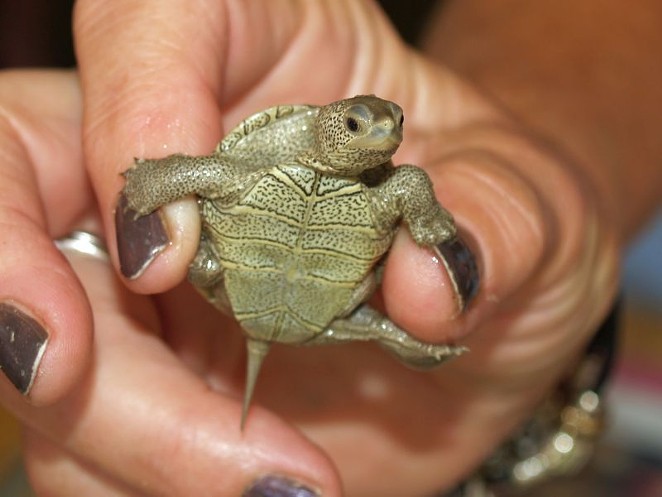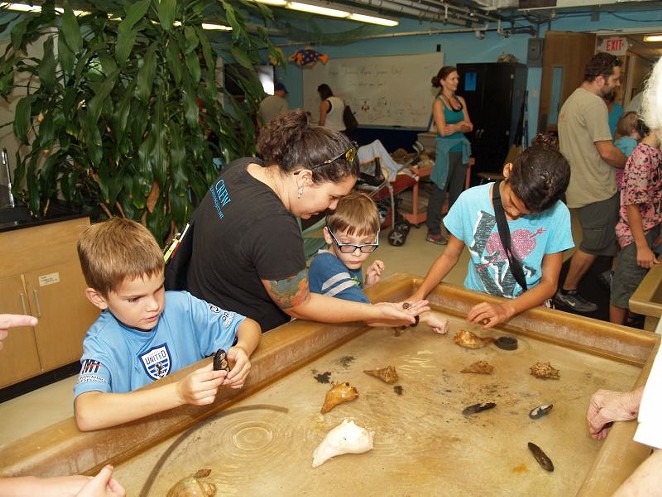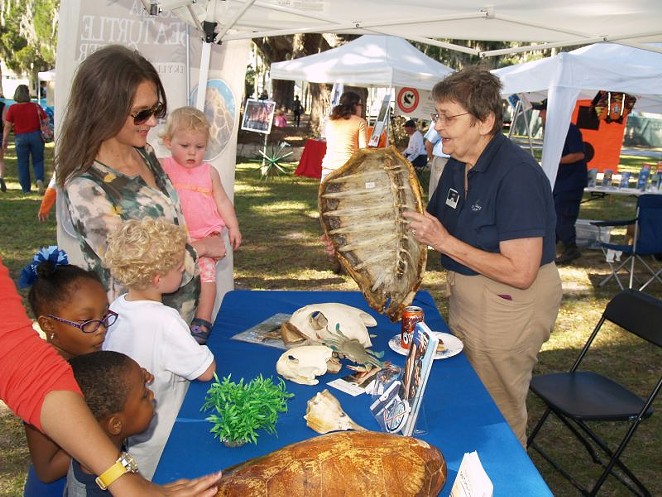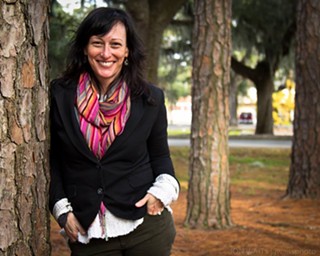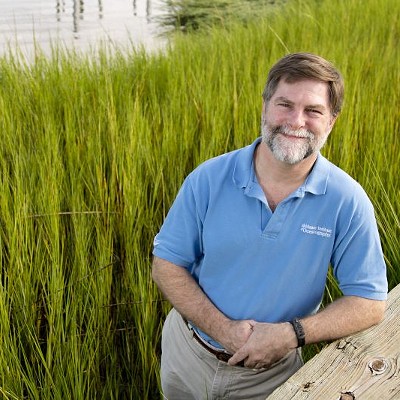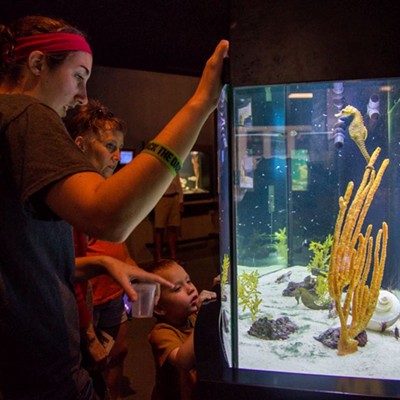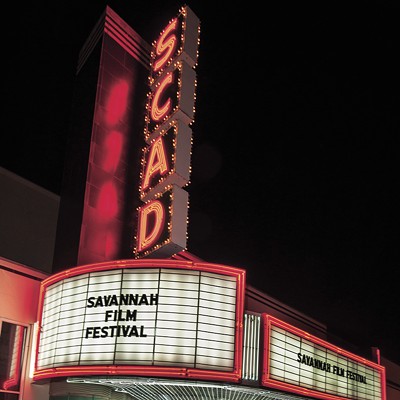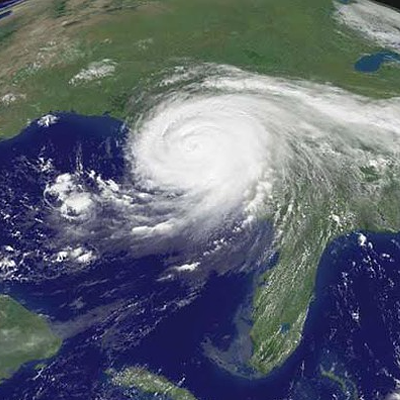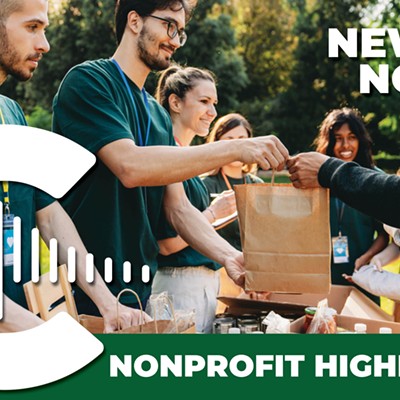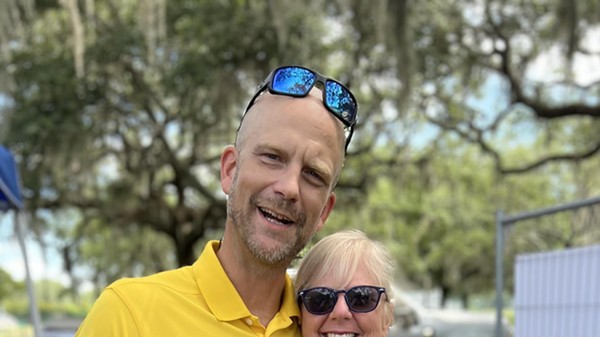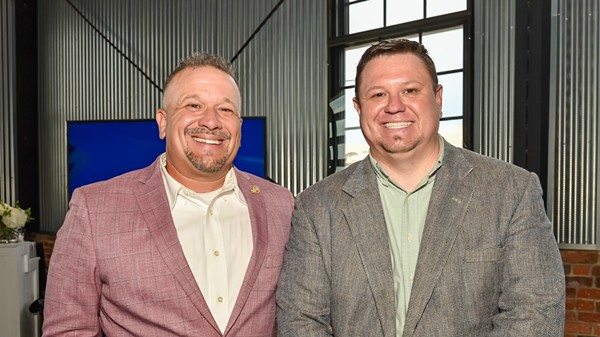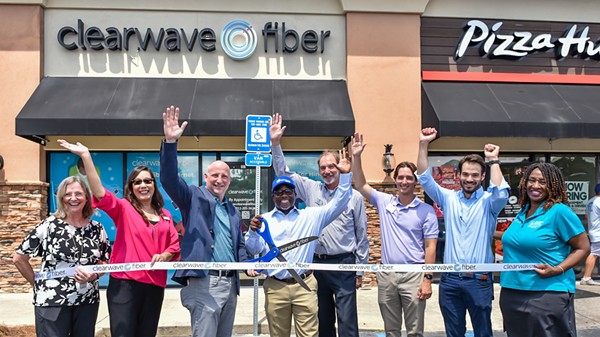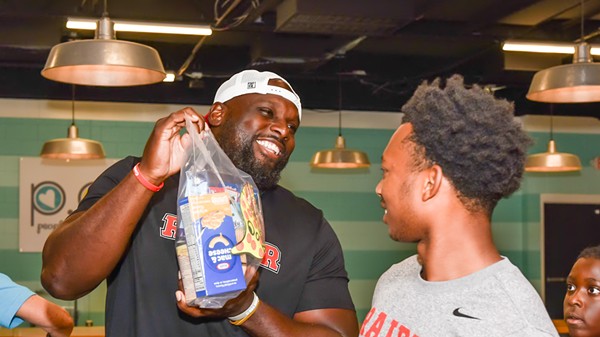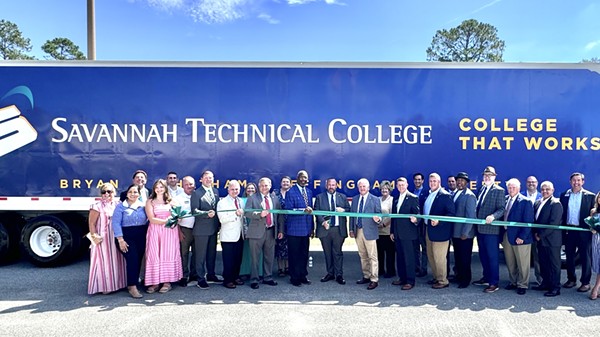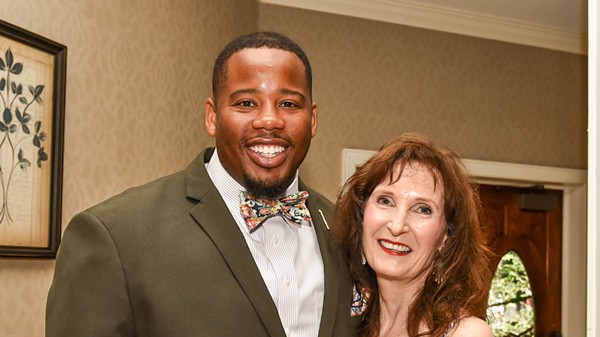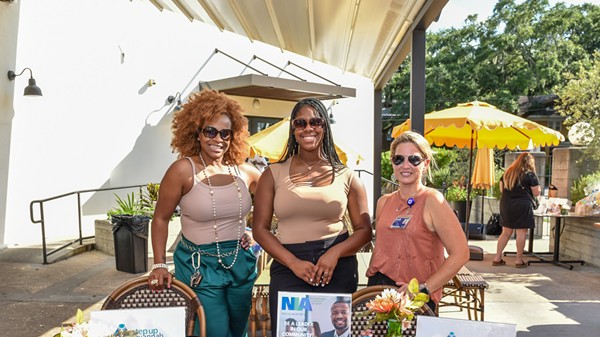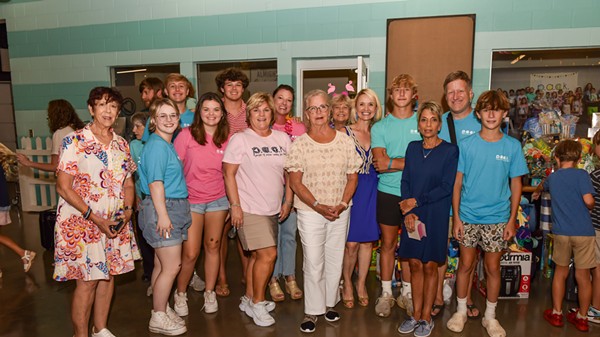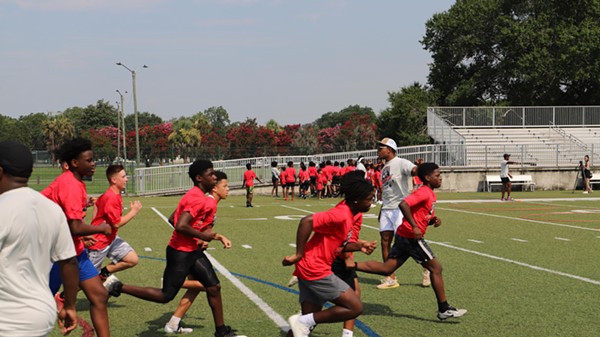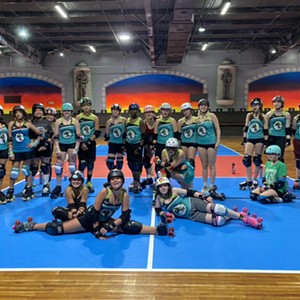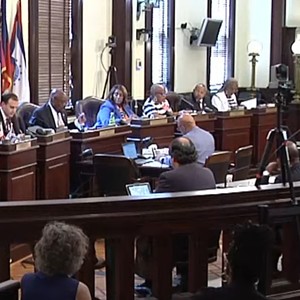THE ANCIENT philosopher and researcher Aristotle once said that the more we know, the more we don’t know, and that continues to hold true for the study of the world’s oceans. Recent research has revealed faceless fish in Australia’s deep seas and that the Caribbean Sea emits a low whistle in the key of A flat that can be heard from space.
Such mind-blowing new discoveries means scientists aren’t going stop trying to understand the aquatic world and its many inhabitants any time soon. The relatively tiny corner of ocean off of Savannah’s coast has enough mysteries to keep the biologists, chemists and geologists of the University of Georgia’s Skidaway Institute of Oceanography busy for years, from the study of shifting sediments to how the dispersion of plastic particles affects marine life.
Aspiring scientists and underwater adventurers have a chance to make some discoveries of their own at SKIO’s annual Marine Science Day on Saturday, October 14. They may find tiny sea turtles or spiky reptiles behind the scenes with the critters of the UGA Aquarium or get cozy with spider crabs, whelks and horseshoe crabs chilling in the touch tanks. (Don’t worry, your fingers are safe; nothing pinches.)
The 92-foot Research Vessel Savannah will be open for exploration, and Dr. Bill Savidge will provide historical and ecological context on a tour of the Skidaway Island campus that also houses the offices of UGA Extension, Georgia Sea Grant and Gray’s Reef National Marine Sanctuary.
While a caravan of food trucks will offer delicious snacks for sale, those seeking other options can learn the art of crabbing off the dock.
“We want everyone to touch to their heart’s content without worrying about breaking anything,” laughs Mike Sullivan, SKIO’s external affairs manager of the event that attracts more than 2,000 people a year. “The goal is give people a taste of the many research projects we have happening here.”
One of the latest developments is the oyster hatchery being cultivated by the UGA Shellfish Laboratory, which focuses on ways to make Georgia’s seafood trade more durable and sustainable. Aquaculture—the farming of fish, oysters and other ocean edibles—is being touted as an environmentally-friendly food source, and the lab’s findings can have lasting ramifications on the way we view our climate, food production and coastal industries.
“Our goal is to work with shellfish growers to establish single oyster aquaculture in Georgia by providing them access to oyster spat,” Shellfish Lab Director Dr. Thomas Bliss told UGA Today when the seeding project began in 2015. “There is an opportunity for growers to create a thriving market in Georgia and the hatchery is key in driving the creation of the market.”
While Skidaway Island’s vast network of rivers and ocean offer up endless opportunity for exploration and innovation, sometimes it all starts in a petri dish. Dr. Julia Diaz is a SKIO biogeochemist—that’s a mash-up of biology, geology and chemistry—who examines a drop of water at a time to analyze its myriad microscopic nutrients, animals and foreign particles.
“My lab works at the intersection between those disciplines, and our goal is to figure out how the living and nonliving chemicals of the environment interact to shape each other,” explains Dr. Diaz, whose current project relates to the nutrient uptake of microorganisms and the effects of phosphorous run-off from agricultural fertilizers. “What we look at is small to invisible, but it has important implications for the environment, our health and a lot of things we care about.”
The UGA grad first looked through a microscope in middle school, and credits a drop of pond water for leading her to a career in science. “It was so exciting to see how much was going on at that level and realize you could hold a million Euglena in your hand,” she recalls, referring to the single-cell eukaryotes best known for forming green scum on the surface of the water. “It really opened up another world to me.”
This is Dr. Diaz’s third year with SKIO and her second Marine Science Day (Hurricane Matthew swept away last year’s plans for the event.) She is looking forward to hosting a booth with her PhD students about nutrient pollution and what it means for the environment and hopes to inspire curiosity for the natural world.
“It’s fantastic to interact with kids and their parents and translate what we do. The goal is to make the case for basic science and the need to keep asking questions,” says SKIO’s resident biogeochemist.
“Nature still has plenty of secrets, and it’s going to take open minds to unlock them for future generations.”

